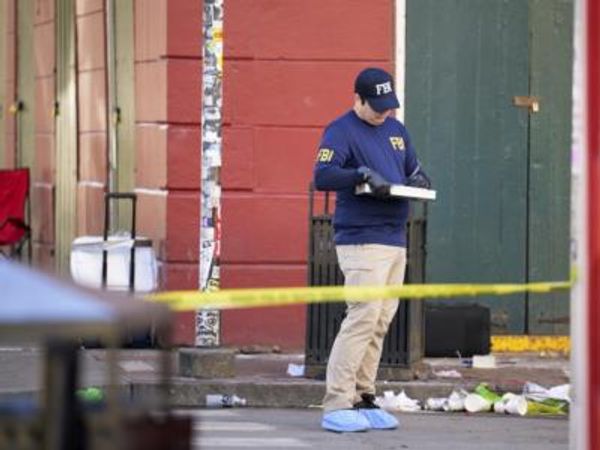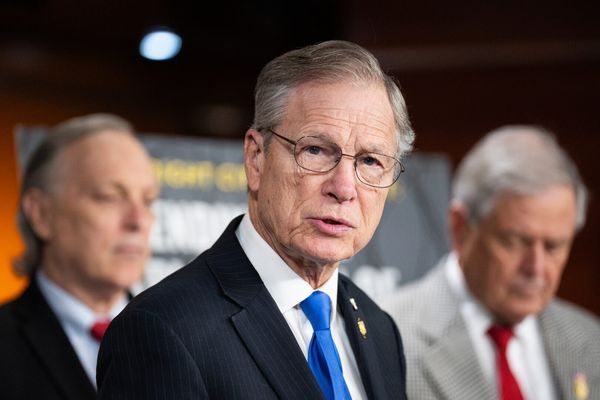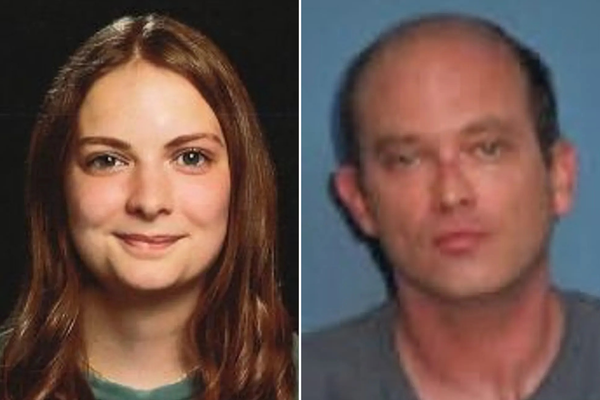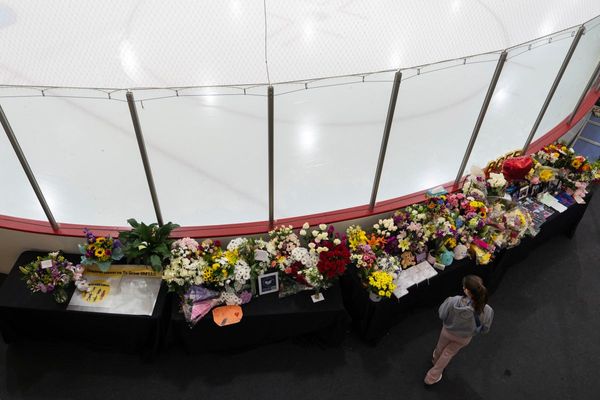
Tesla rolled into earnings season in a relatively poor position compared to previous quarters. The electric-auto maker had revealed earlier this month that it sold fewer vehicles in 2024 than it had the year prior—the company’s first drop in vehicle sales in a decade. Its spending was weighed down by enormous investments in AI, and it’s been struggling to make enough battery packs. The company’s revenue and margins failed to meet analyst consensus.
But on Tesla’s earnings call Wednesday evening, Elon Musk spent little time on the disappointing quarter—instead drawing investors’ attention to 2025 in what he asserted will likely be considered “the biggest year in Tesla history,” followed by an “epic” 2026. He made lofty statements and projections about Tesla’s forthcoming Optimus robot, which he said could, by itself, potentially generate “north of $10 trillion in revenue,” and suggested that there was an “achievable path” in which Tesla could become worth more than all five of the world’s largest companies combined.
Tesla shares have been climbing on Thursday ever since—trading up by more than 3.7% by Tuesday afternoon, and leading some analysts to scratch their heads at the discrepancy.
“Tesla shares continue to strike us as having become completely divorced from the fundamentals,” J.P. Morgan analyst Ryan Brinkman wrote in a Thursday note, pointing out that “Tesla has missed Bloomberg consensus EBIT in 9 of the past 10 quarters by an average of -16.3%.”
Nevertheless, investors seem more enthused than ever by Musk’s promises of an impending robo-taxi launch, an Optimus robot, and a forthcoming cheaper Tesla vehicle. Here are five key highlights from the call:
1. All of Tesla’s factories will start producing the new Model Y this quarter
Tesla will start manufacturing the latest version of its Tesla Model Y, which overtook the Toyota Corolla as the world’s bestselling car, across all of its factories in Q1. Making the transition across all of its assembly lines means Tesla will lose several weeks of production and take a hit to its margins, CFO Vaibhav Taneja said. Bank of America is projecting that Tesla will lose some 100,000 vehicles of production as it makes the switch.
2. Tesla is launching a paid robo-taxi service in Austin this June
Going head on against autonomous car company Waymo, Tesla is planning to launch a paid robo-taxi service in Austin this June. The move, announced by Musk on the call, is far ahead of industry projections, and Musk cited a goal of operating the service in several cities by the end of this year.
The robo-taxi service will likely use traditional Tesla vehicles, operating with FSD, as Tesla has previously said it wouldn’t start producing its purpose-built “Cybercab,” which won’t have steering wheel or pedals, until 2026.
Musk said on the call that Tesla already has “thousands” of its cars driving without anyone in them at its Fremont factory in California and that it will soon start to have them self-driving at its factory in Austin too.
3. Tesla is in discussions with some companies about licensing its full self-driving capabilities
Musk said that there had been “significant interest from a number of major car companies” about licensing Tesla’s full self-driving technology. Musk said that Tesla was only entertaining situations where “the volume would be very high,” as it otherwise wouldn’t be worth the complexity or burden on the engineering team.
When Tesla is able to achieve unsupervised full self-driving around the U.S., Musk said he anticipates that the interest level from other manufacturers to license the technology will be “extremely high.”
Tesla’s initial robo-taxi rollout will feature driverless vehicles that will be utilizing Tesla’s full self-driving software, unsupervised, Musk said. But Tesla has yet to offer a timeline for when it will allow Tesla vehicle owners to take their eyes off the road in their own personal vehicles—though those vehicles will seemingly be using the same self-driving software as the Tesla robo-taxis. Right now, Tesla owners who have the company’s “full self-driving” software installed are still expected to keep their eyes on the road.
4. Tesla is trying to build a few thousand Optimus robots this year, though Elon Musk acknowledges it might not hit that goal
Musk said that Tesla’s internal plan is to build roughly 10,000 Optimus robots this year, though he pointed out that the company will “probably not” be able to achieve that, and will instead end up making around several thousand, instead.
The robots, which Musk has asserted will be able to play the piano or thread a needle, will be used internally at the company this year—conducting “boring jobs” like transporting pieces of sheet metal to the welding line, Musk says.
Musk offered a “very rough guess” that Tesla would start selling the robot to other companies in the second half of 2026.
5. The first builds of the Tesla semitruck may come this year
Tesla completed the roofing and walls of its semitruck factory in Reno, and will install mechanical equipment in coming months. A Tesla executive who didn’t identify himself on the call said that the first builds of the semitruck design will come later this year, and that Tesla will begin ramping up production in early 2026.







